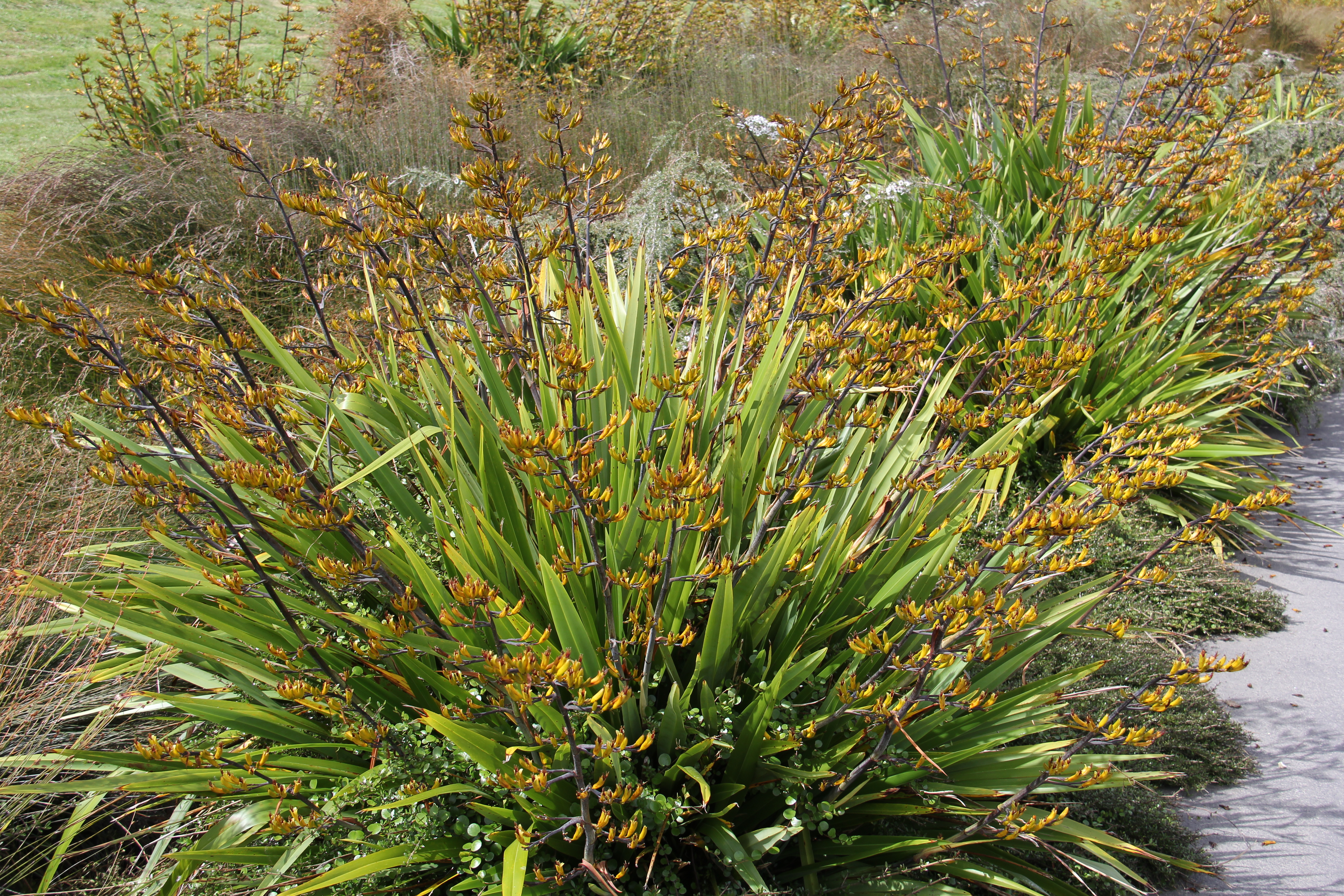Physical characteristics
A medium-sized native
Flowers and foliage
This large perennial produces wide strap-shaped, bright
Preferred site
Once established flax are tolerant of a wide range of conditions including windy
Preparation for planting
Always choose healthy, well-grown,
Maintenance tips
Apply an organic mulch
Ecological and biodiversity benefits
The rich nectar produced by the flowers is loved by tui and bellbirds.
Pests and diseases
Mealybugs can be a problem with flax. They tend to make their home in the bottom of the leaves/fans. They get in between the basal leaves. They are tricky to eradicate but large numbers on sm
Location at Auckland Botanic Gardens
Threatened Native Plant Garden
Interesting facts and tips
The best way to tell the difference between P. cookianum and P. texax isn't just by the size of the
Maori used this flax as well as




.jpg?width=1200&height=1200&v=1d4024dceb89e50)

.jpg?width=1200&height=1200&v=1d5569224d63650)
 .jpg?width=1200&height=1200&v=1d4024df6ce2770)
.jpg?width=1200&height=1200&v=1d55676a892f2b0)
 .jpg?width=1200&height=1200&v=1d4024e3b65f7f0)